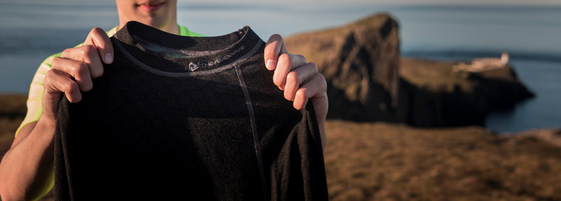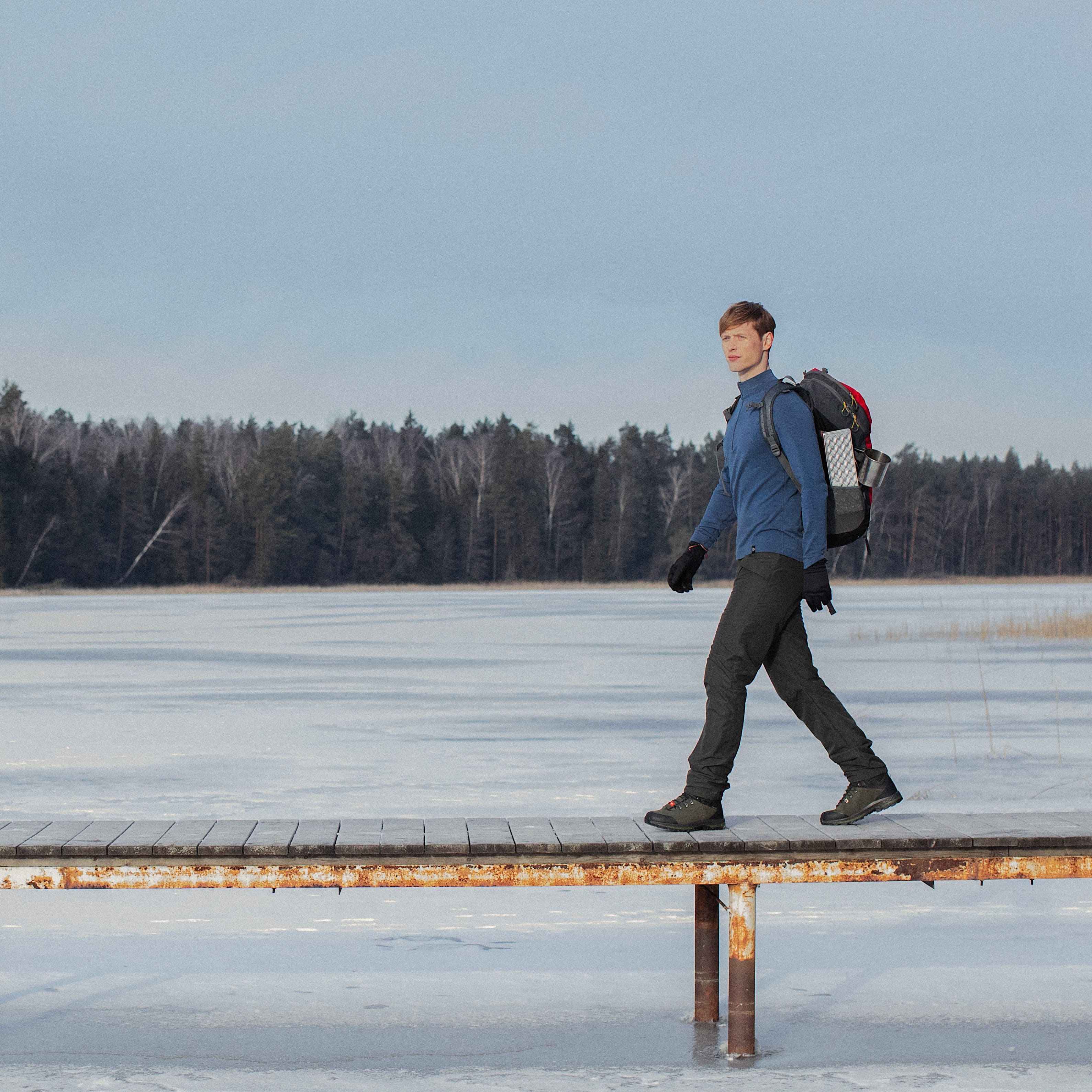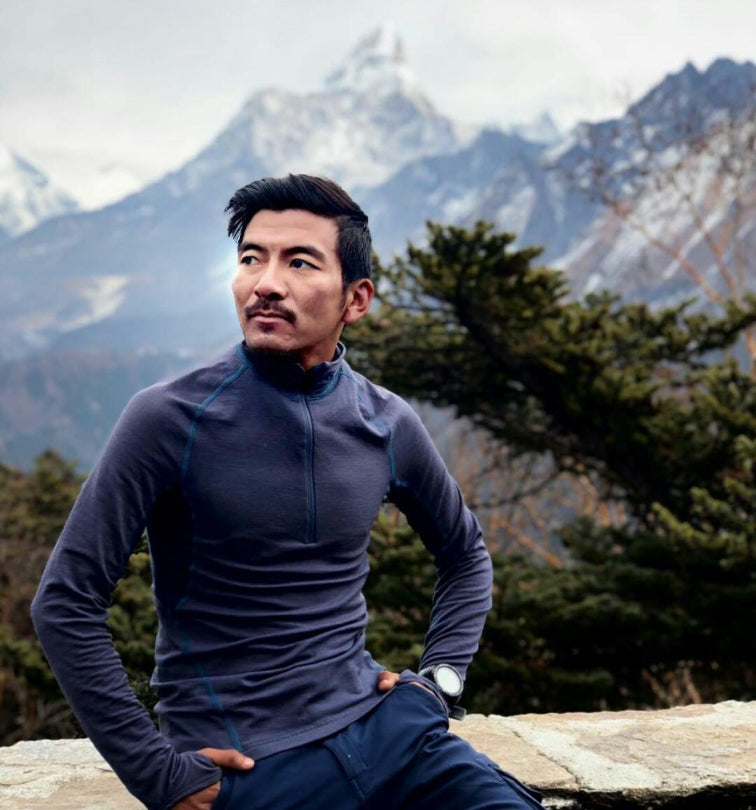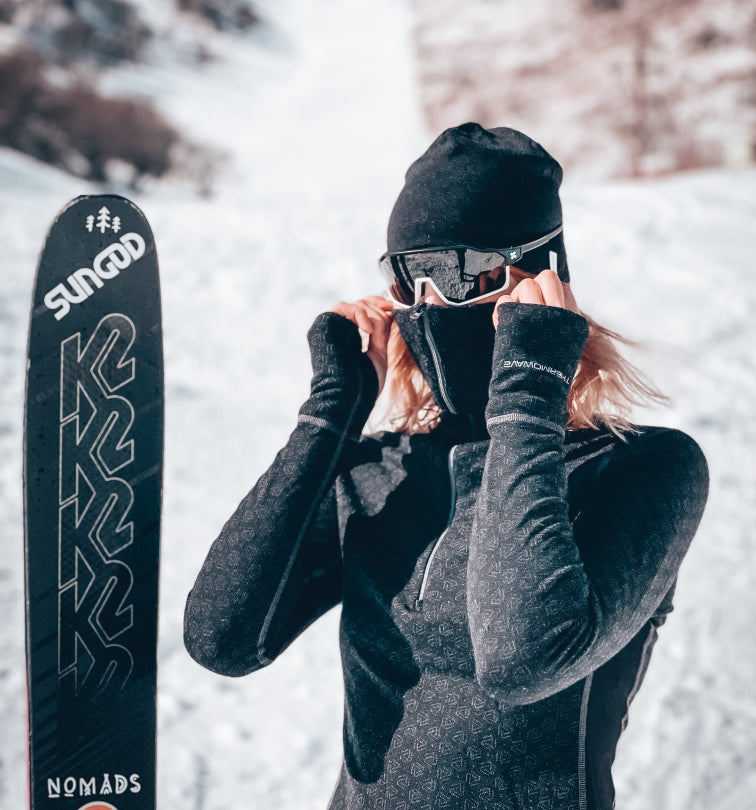There is a right base layer for everyone – learn which one is yours!
In outdoor pursuits, proper attire is key for comfort and performance. The layering system—comprising the base, mid, and outer layers—is pivotal. The base layer, closest to your skin, is crucial for effective moisture management, temperature control, and overall comfort in varying conditions. Opt for sustainable merino wool or high-performance synthetics for warmth and breathability. When it comes to outdoor clothing, merino wool stands out for its natural insulating properties and eco-friendliness.
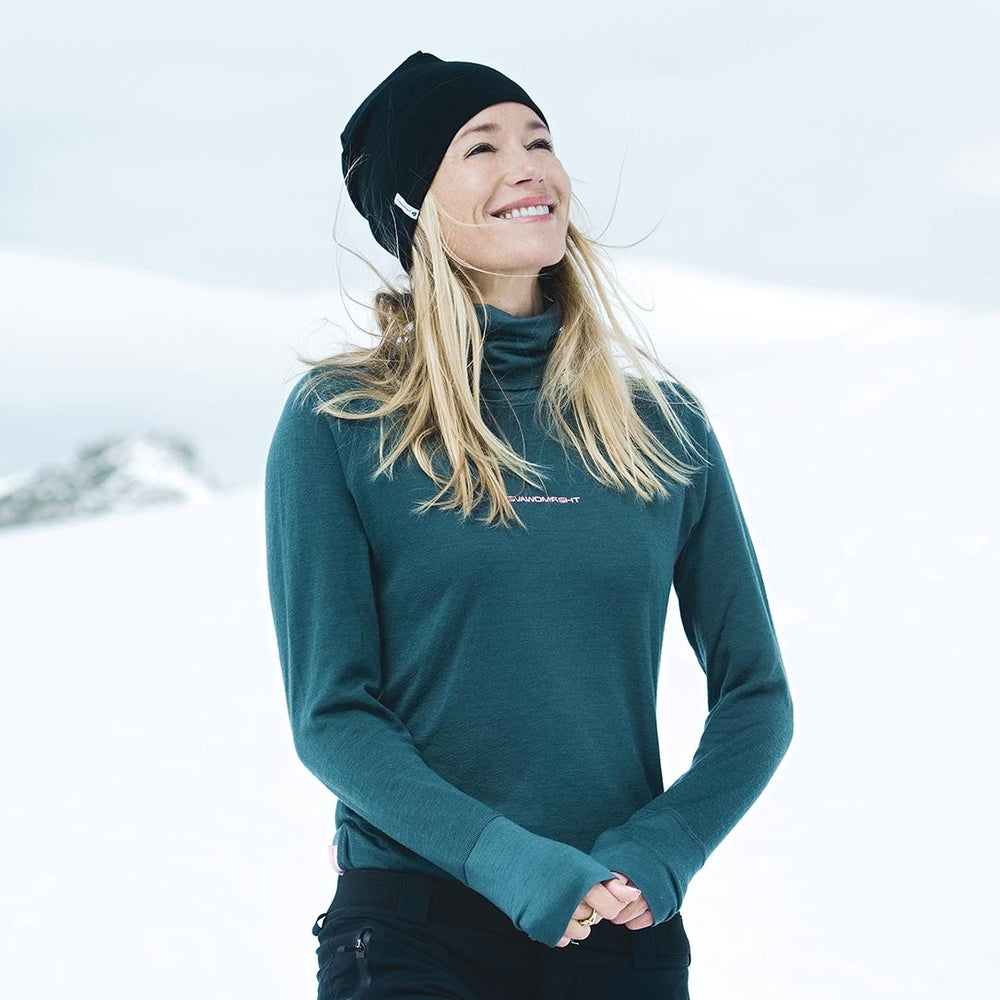
How do I select the fabric weight of my base layer?
After picking the right material, your next step is fabric weight. Here we also have two types of base layers. Light weight, mid weight and heavy weight define the thickness of said material. The heavier, the more warmth it will bring to your body. You can find this information described as GSM – grams in square meter. The bigger the number, the heavier the weight, the warmer the base layer. So, you must keep in mind that the heaviest base layers might be too warm for some activities. For example, cross country skiing will ask for better moisture control. Heavyweight piece might be what hikers prefer.
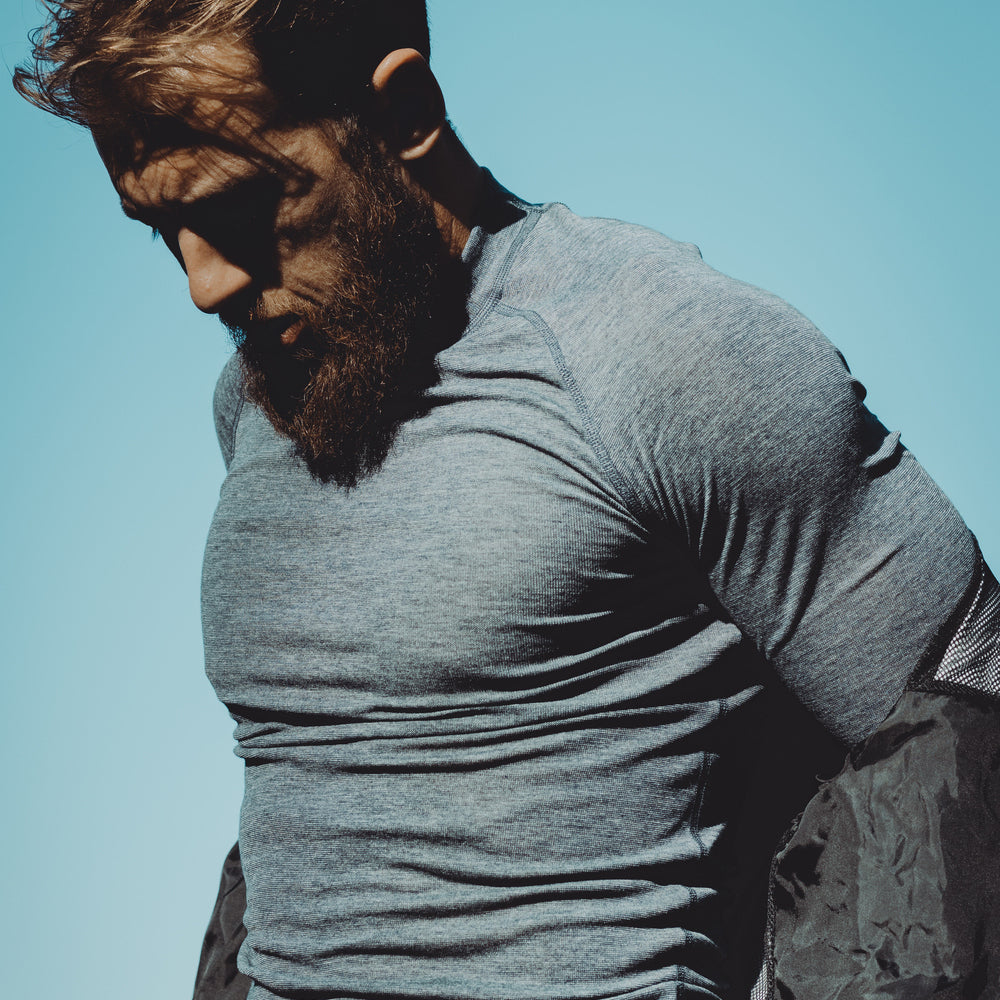
Should a base layer be tight or loose?
And lastly if you know your fabric, know your weight class, you must know your sizing. This is next to skin layer and must be a snug fit. In outdoor there is a popular myth, that clothes must be loose fit for better comfort. It is the exact opposite with base layer – to activate the sweat wicking fabric, it must be snug fit around the body. So, if your base layer is not “working” the way you had expected – it might be the wrong sizing. Consult our size charts, they are rather accurate.
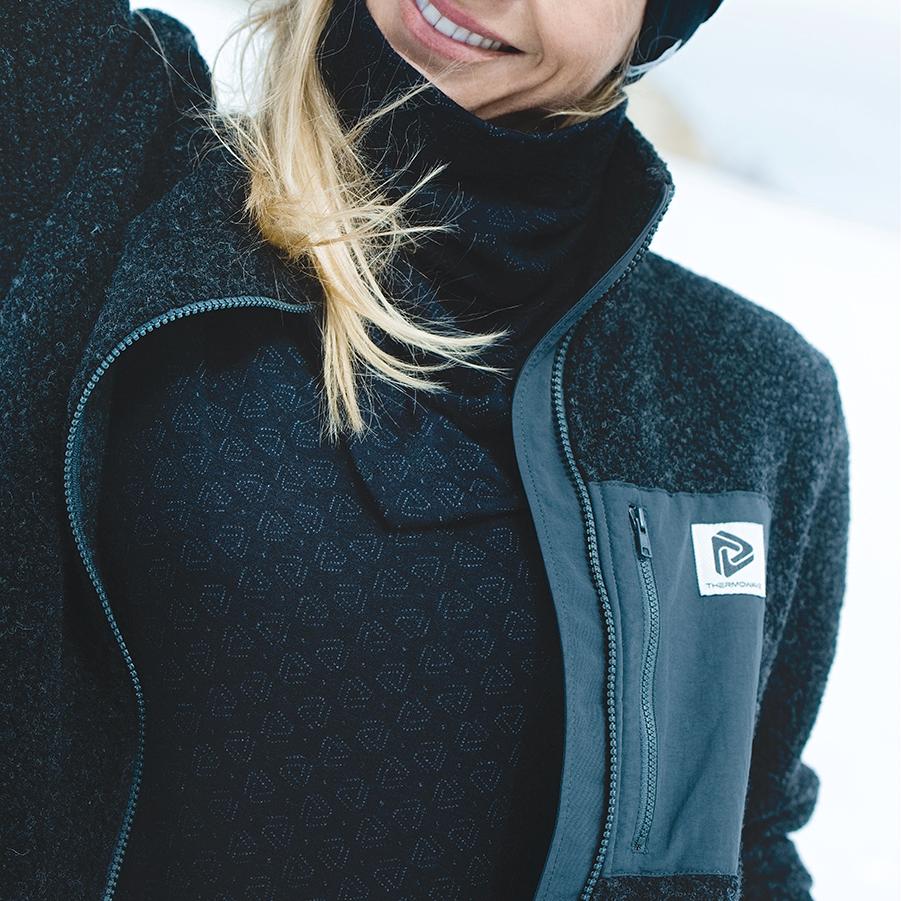
Mastering the base layer
There are still people who skip the base layer and only go for mid layers and outer layers, but from our experience – the base layer is what makes the adventures enjoyable. When one does not have to suffer cold or sweat, one can focus entirely on the movement, sights, goals, and nature. So, we, Thermowave, encourage everyone to pick a sustainable and fairly made pair of pants and shirt to your next trip outside. The key considerations are two materials, two weights and a fit. If you still can’t decide, consult our team, we’ll gladly help!
